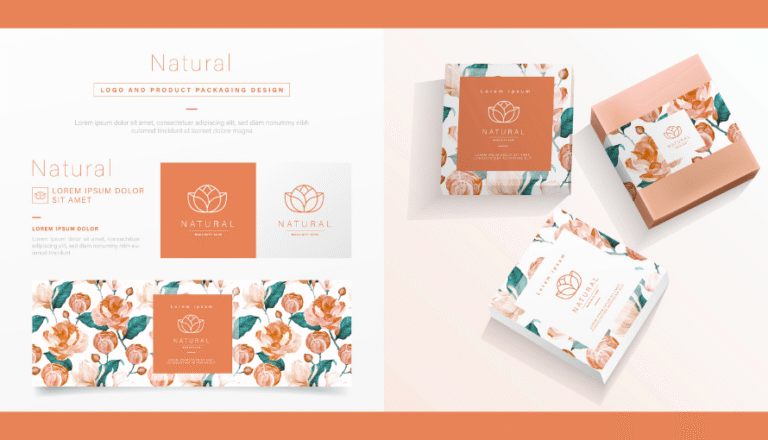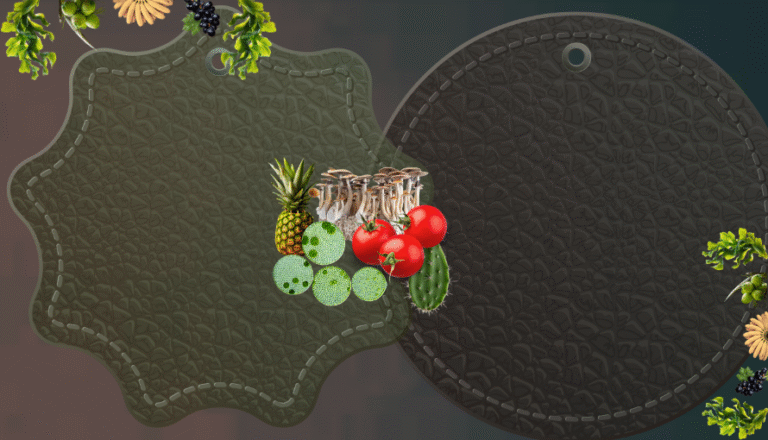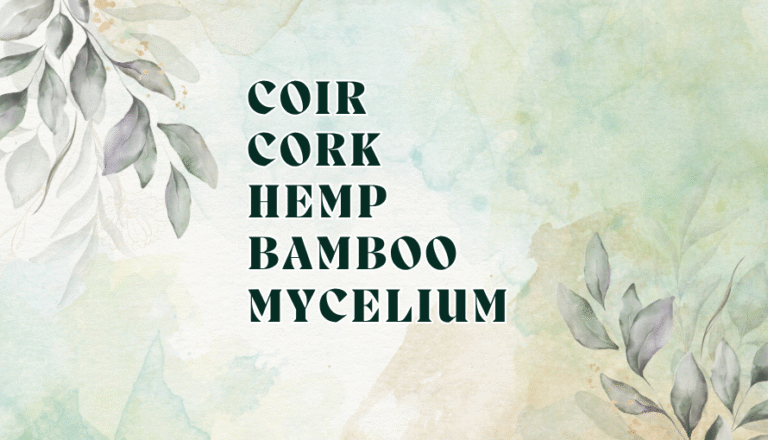Introduction
In a world where unboxing videos go viral and first impressions are shaped by packaging, what’s inside the box is no longer the only thing that matters – what the box is made of does too. From online retail to food delivery and luxury branding, packaging plays a key role in product experience. But the environmental cost? Massive. Each year, millions of tons of plastic packaging end up in landfills or oceans, contributing to pollution and climate change.
Sustainable packaging materials are no longer optional—they’re essential for brands looking to align with conscious consumers and reduce environmental impact.
Today’s consumers are increasingly drawn to environmentally responsible brands—and packaging plays a vital role in shaping that perception. According to a recent McKinsey study on sustainable packaging, over 60% of global consumers consider sustainability a core factor in their purchasing decisions.
It’s time to rethink packaging—not just for aesthetics or function, but for the future.
Why Sustainable Packaging Matters :
Traditional packaging materials like single-use plastics, Styrofoam, and non-recyclable laminates are cheap and convenient—but they come with an environmental price tag.
At Terranore, we support brands in selecting and implementing eco-friendly packaging solutions tailored to both their sustainability goals and market expectations. Whether you’re exploring compostable options or refillable systems, our team ensures every material choice aligns with compliance and shelf appeal.
The key issues with conventional packaging include:
- Non-biodegradable waste
- High carbon footprint in production
- Difficulty in recycling composite materials
- Resource-intensive manufacturing processes
What Is Sustainable Packaging material?
Sustainable packaging materials refers to eco-friendly packaging materials and design practices that reduce environmental impact throughout a product’s life cycle—from sourcing and production to use and disposal.To qualify as sustainable, packaging should ideally be:
- Made from recycled or renewable resources
- Reusable, recyclable, or compostable
- Non-toxic to humans and ecosystems
- Efficiently designed to minimize material usage
The Role of Design in Sustainable Packaging
Sustainability in packaging goes far beyond material selection—it begins with smart, intentional design. Thoughtful packaging design plays a vital role in reducing waste, lowering carbon emissions, and improving overall product efficiency. Strategies such as minimalist packaging reduce unnecessary material usage, while flat-pack structures enable more efficient shipping and lower transportation emissions. Mono-material packaging simplifies recycling by eliminating mixed materials, and refillable systems extend the life cycle of a product, encouraging reuse over disposal. Leading brands are embracing eco-design not just for environmental compliance, but as a tool for storytelling—turning recycled and sustainable packaging into a symbol of brand values, transparency, and innovation.
Eco-design strategies include:
- Minimalist packaging to reduce material usage
- Flat-pack structures for efficient shipping
- Mono-material packaging to improve recyclability
- Refillable systems that extend product life
Why It’s Time to Switch to Sustainable Packaging
Whether you’re an emerging startup or an established global brand, switching to sustainable packaging is no longer optional—it’s essential. The advantages are multifaceted: it helps reduce your carbon footprint, ensures compliance with evolving international regulations, and builds trust and loyalty among environmentally conscious consumers. Sustainable packaging also enables brands to stand out in increasingly saturated markets, while delivering long-term cost savings through lightweight, reusable, and efficient design systems. With both consumer demand and regulatory pressure on the rise, now is the time to act—and lead—through sustainable packaging innovation.
Whether you’re a startup or a global brand, eco-friendly packaging is no longer a luxury – it’s a necessity.
Benefits of Using Sustainable Packaging Materialshe benefits include:
Choosing the right sustainable packaging materials helps reduce landfill waste, enhance brand image, and comply with global environmental standards. From compostable plastics to recycled paper and biodegradable films, the range of available options has expanded rapidly.
- Reduced carbon footprint
- Better compliance with global regulations
- Stronger brand loyalty among eco-conscious consumers
- Differentiation in saturated markets
- Long-term cost savings through lightweight and reusable designs
Smart brands are combining sustainability and storytelling—using recycled packaging not just as a responsibility, but as a competitive advantage that communicates values.

Top Sustainable Packaging Materials to Know
As global industries shift toward eco-conscious solutions, these materials are redefining packaging with sustainability, functionality, and innovation at their core. From biodegradable fibers to compostable bioplastics and marine-friendly alternatives, today’s sustainable packaging is no longer just an ethical choice—it’s a competitive advantage. Whether you’re in food service, e-commerce, retail, or consumer goods, choosing the right packaging material can significantly reduce environmental impact while enhancing brand value. These innovative materials are designed to minimize waste, lower carbon emissions, and support a circular economy—without compromising performance or aesthetics.
- Mushroom Packaging, also known as mycelium packaging, is made from the root structure of mushrooms. Grown in molds, it forms lightweight, shock-absorbent protective packaging for electronics, cosmetics, and fragile goods. It biodegrades completely within weeks, making it ideal for zero-waste applications.
- Cornstarch Packaging is crafted from polylactic acid (PLA), a plastic-like substance derived from fermented corn starch. Used in food containers, disposable utensils, and shopping bags, it offers a plant-based, compostable alternative to petroleum-based plastics.
- Bagasse, a fibrous by-product of sugarcane processing, is molded into durable takeout boxes, trays, and food containers. It is heat-resistant, microwave-safe, and biodegradable—making it a preferred choice in the foodservice industry for single-use alternatives.
- Recycled Paper & Cardboard remain among the most accessible and cost-effective eco-packaging options. Sourced from post-consumer waste, these materials are widely recyclable and serve countless applications—from e-commerce boxes to sleeves and cartons.
- Bamboo Packaging utilizes fast-growing, renewable bamboo fibers to create cosmetic containers, cutlery, and high-end retail boxes. Its natural aesthetic, durability, and biodegradability make it a popular alternative to plastic and hardwoods in premium packaging.
- Seaweed Packaging harnesses the natural polymers found in seaweed and algae to create edible films, sachets, and wraps. Entirely compostable and even dissolvable in water, this innovation eliminates plastic waste and requires no land or fertilizers to produce.
- Compostable Bio-Plastics, such as PLA and PHA, are produced from corn, sugarcane, or potato starch. Used in clear pouches, cups, and bottles, these plant-based plastics are designed to break down under industrial composting conditions, offering a lower-impact replacement for fossil-fuel-derived plastics.
Sustainable Shift Starts Here
Sustainable packaging isn’t about achieving perfection—it’s about making purposeful progress.
It’s about taking bold, responsible steps to minimize environmental impact without sacrificing performance, aesthetics, or brand identity. By choosing the right materials, crafting a compelling story, and collaborating with conscious suppliers, businesses have the power to transform not only their products—but the planet’s future.
So the next time you package a product, ask yourself:
Is your packaging protecting the planet—or polluting it?





